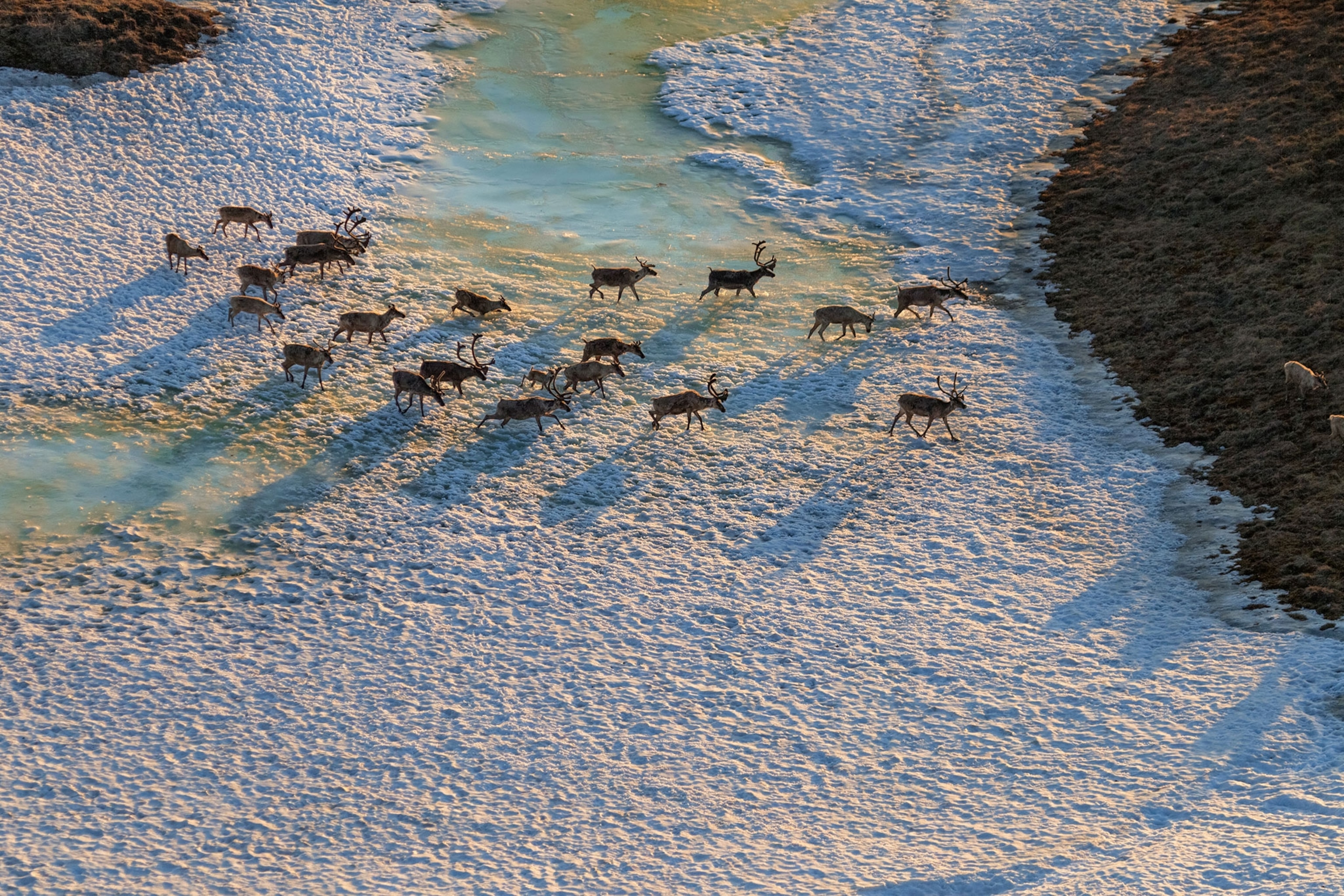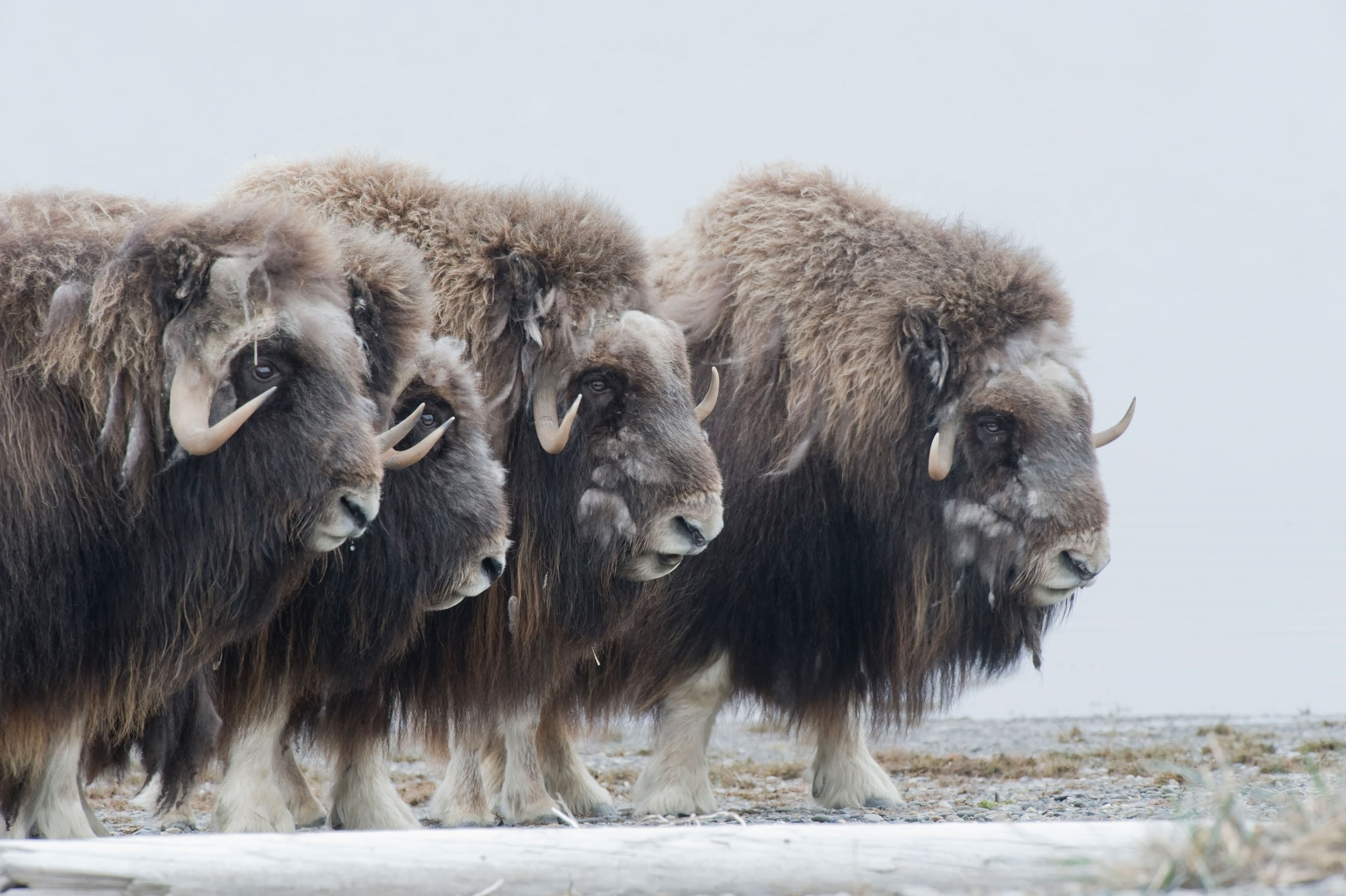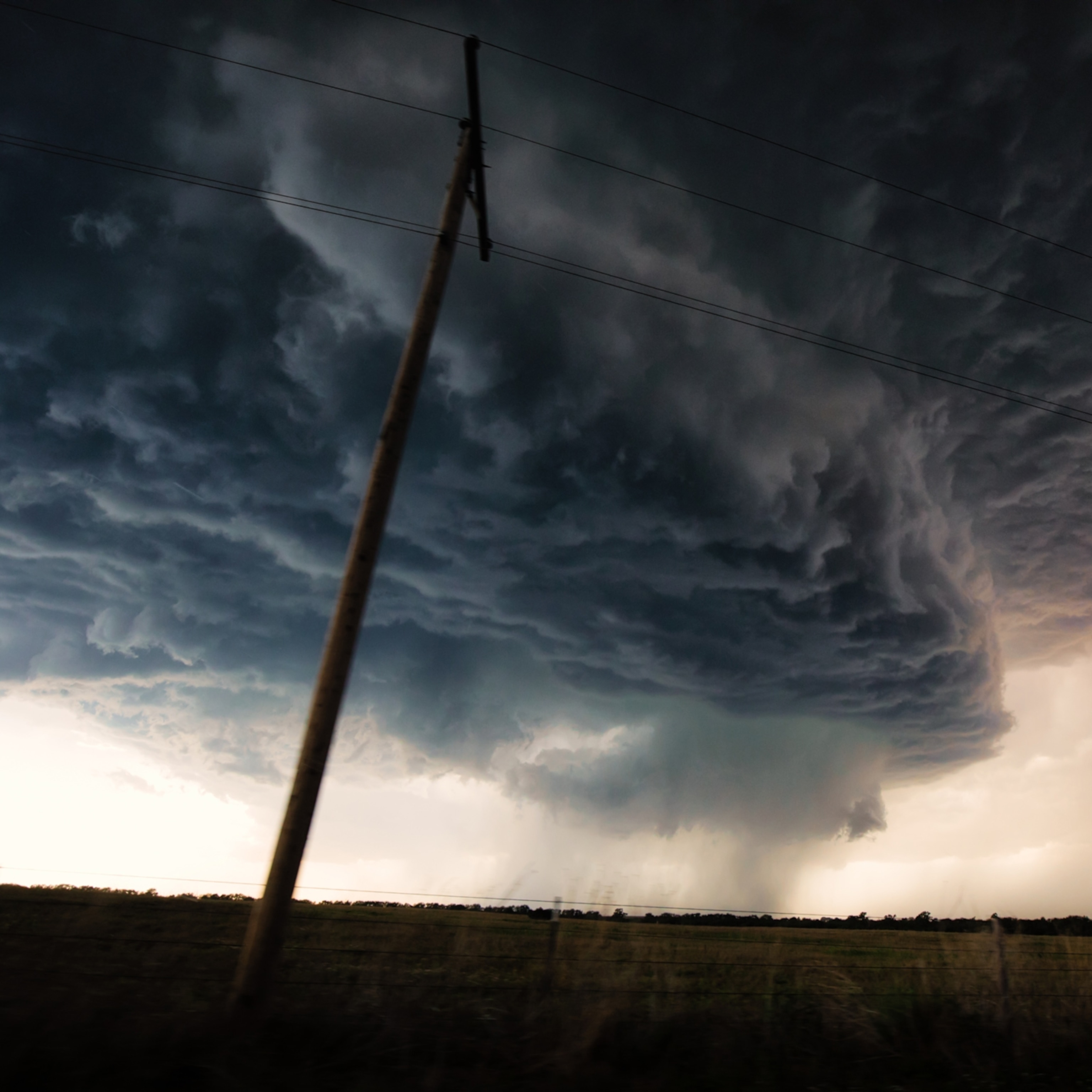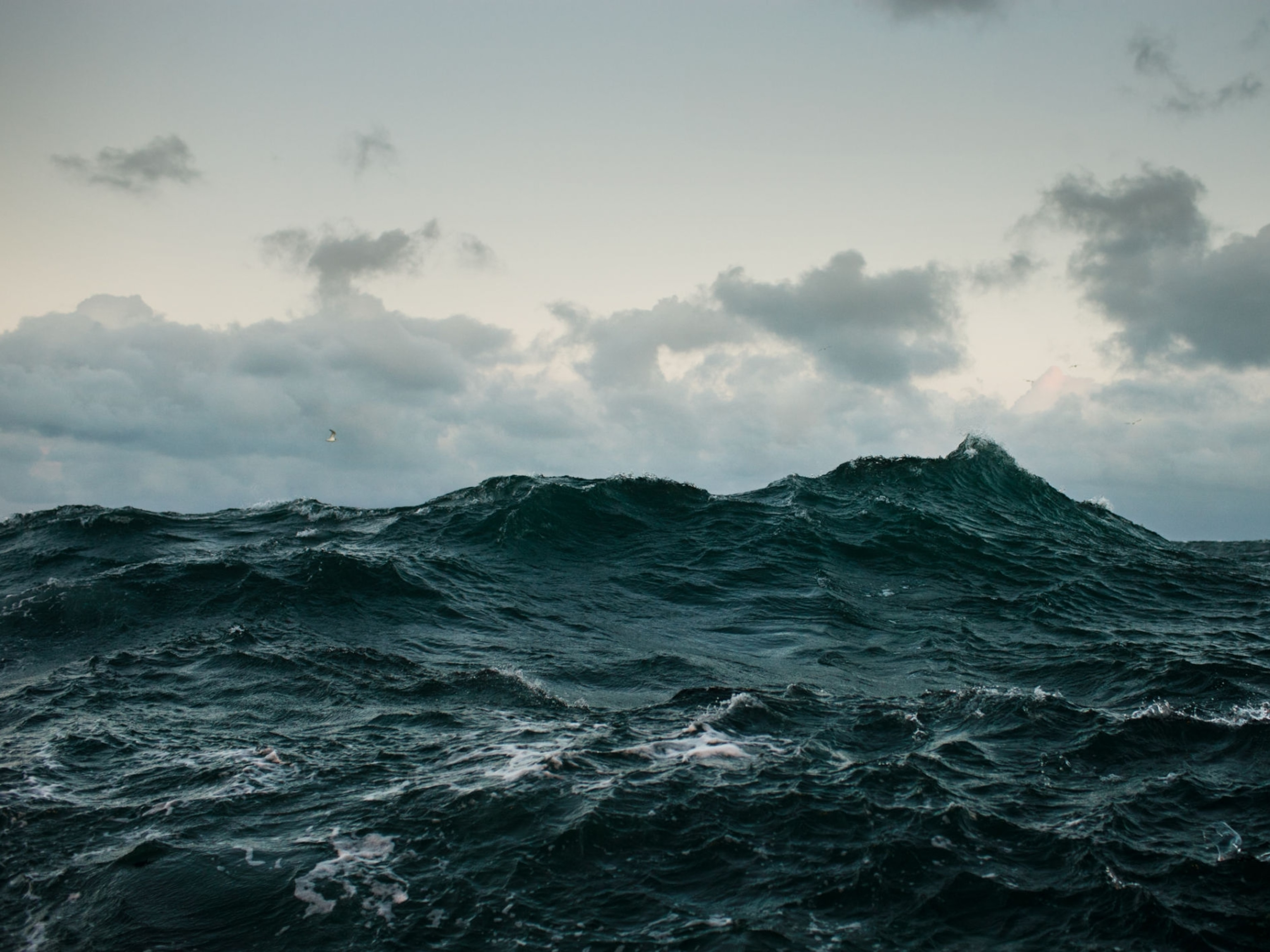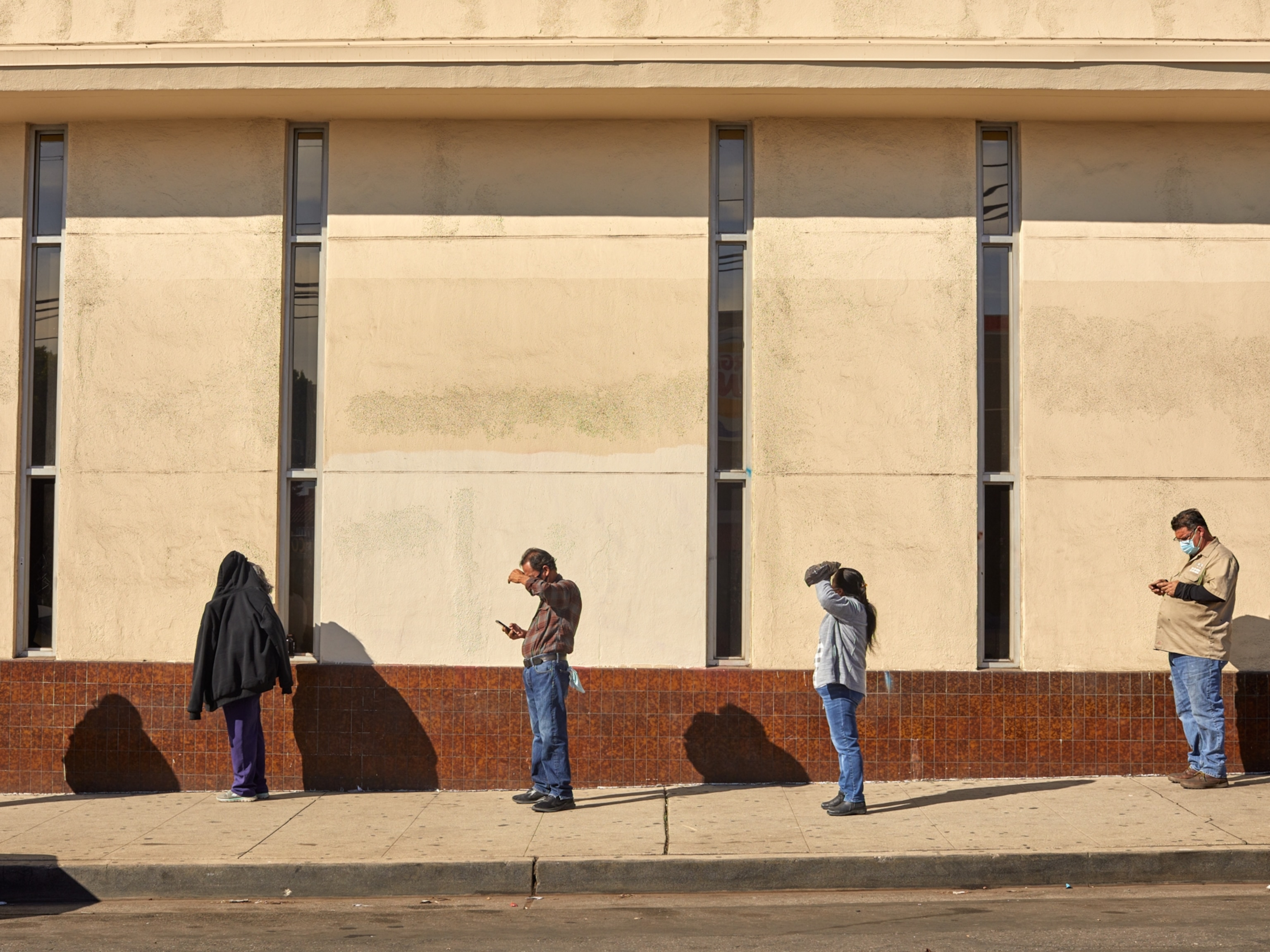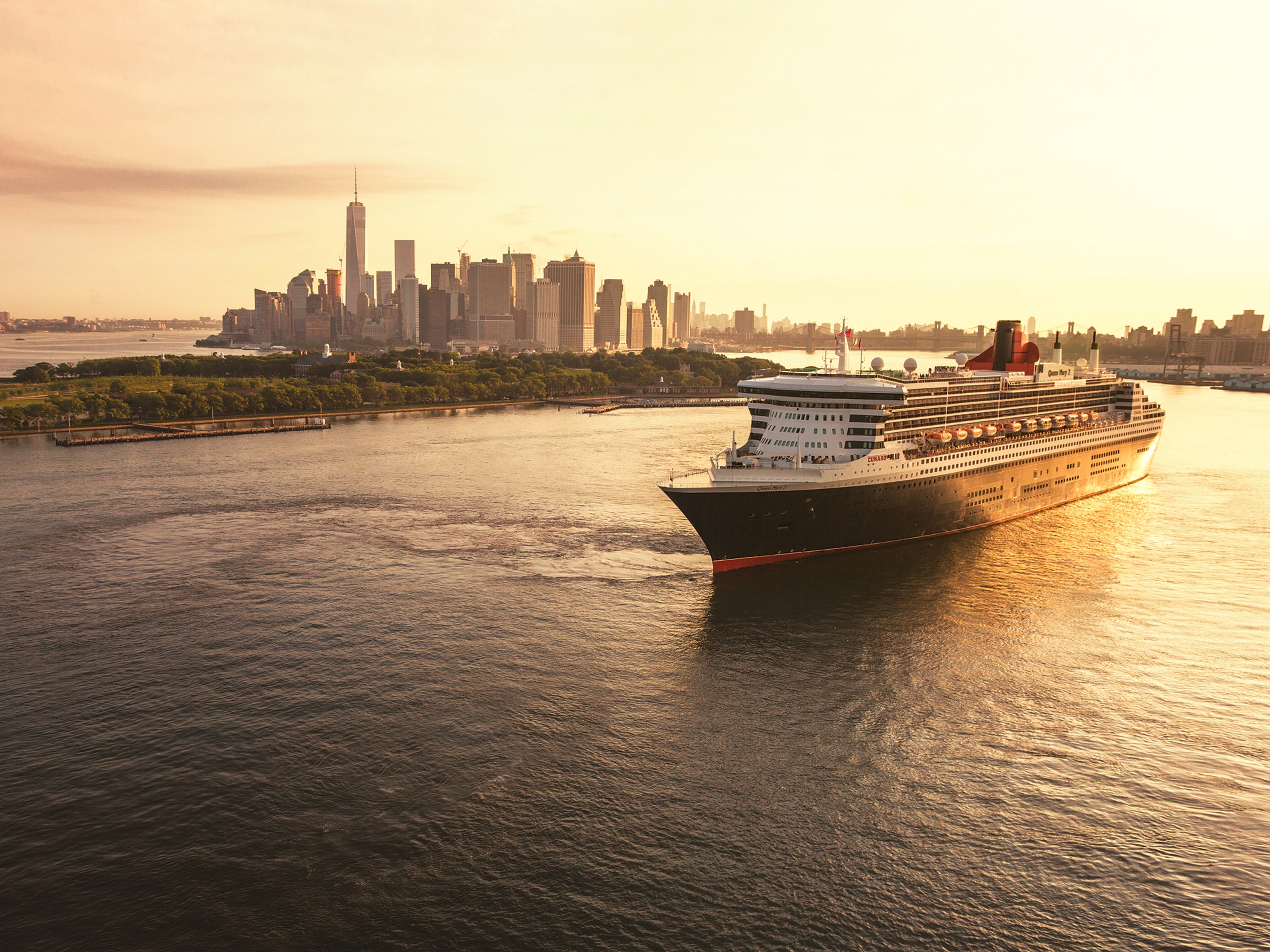
Why Obama Is the First President to Visit the Arctic
Presidential trip to Arctic city highlights a region at risk – and tries to turn it into a climate-change moment.
When President Barack Obama touches down in tiny Kotzebue, Alaska, on Wednesday, he'll visit a region where environmental change is already altering daily life.
Caribou populations that Inupiat rely on for food recently dropped by more than half. A seal hunt that used to last three weeks was transformed this spring into a treacherous three-day slog across thinning ice. Warming temperatures and melting permafrost are changing how Arctic residents harvest everything from salmon berries to birds and fish.
Yet as the first sitting president to visit the U.S. Arctic travels through several Alaskan cities this week to highlight threats posed by global warming, Obama faces criticism on many fronts: that he's not doing more to outfox Russia in the race for control of the melting Arctic Ocean or that he's not doing enough to help convince Arctic nations to set aside more ocean for protection.
"I think the world of Obama, but we expected more and we need more on climate change, and we need it faster," says Richard Steiner, a retired biology professor from the University of Alaska who now works with environmental groups.
Perhaps the loudest critique from environmentalists is that his recent move to allow Shell to drill for oil in the nearby Chukchi Sea will hasten the very problem he's here to tackle.
"By allowing these unburnable fossil fuels to be developed, President Obama is making the adverse climate impacts that Alaska is experiencing worse, not better," says Marissa Knodel of Friends of the Earth.
But Obama is playing to a larger audience. This trip comes in advance of a busy fall for the earth's climate. He plans to meet with China's leader, the pope will address a joint session of Congress, and world leaders are preparing for a conference in Paris in late November where many hope a stronger commitment will emerge to reduce global carbon-dioxide emissions.
"What’s happening in Alaska is happening to us," Obama said last week when describing his trip. "It's our wakeup call."
He pointed specifically to erosion from rising seas, which already has left several Alaskan villages in "imminent danger" of having to be relocated. "Think about that," Obama said. "If another country threatened to wipe out an American town, we’d do everything in our power to protect ourselves."
But even a trip to tiny Alaskan villages highlights the complexity of the global climate fight. Rep. Don Young, R-Alaska complained about Obama's "top-down agenda," and argued that the president needs to address other Alaska problems – "not simply the issues of climate change."
Few of these critiques so far, however, seem to emanate from leaders in Kotzebue.
While presidents have traveled from New Zealand to Reykjavik, none have ventured north of the Arctic Circle in his own country until Obama visits this city of 3,200 on Wednesday.
"I am excited that the president is coming," says Pearl Greist, who has lived in Kotzebue for 30 years. "I would like to tell him that we've lived here for thousands of years and we want to keep living off the land."
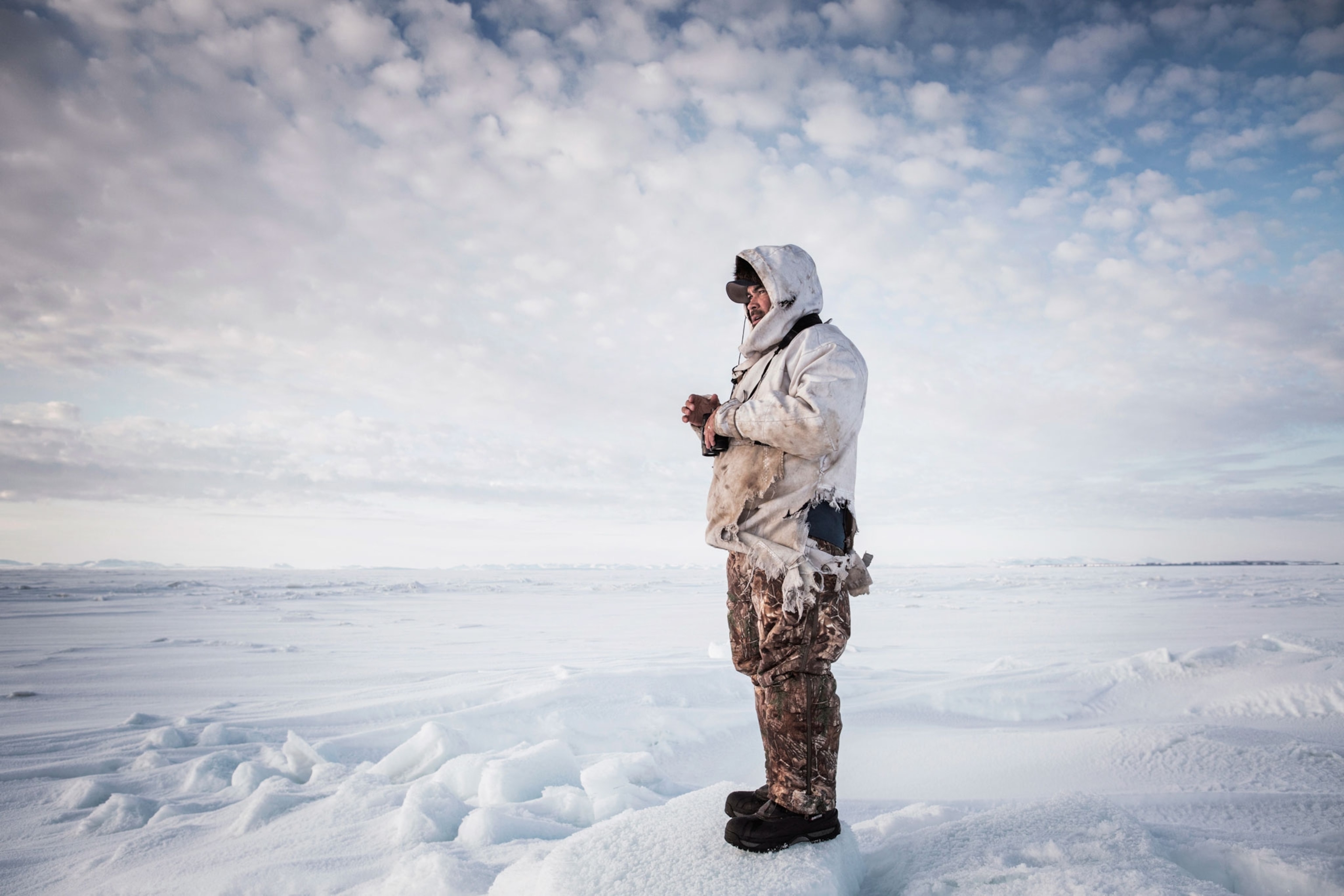
When a loaf of bread can cost $6.50 and milk can run more than $9 a gallon, subsistence hunting is as much a financial necessity as a cultural tradition. Their native foods also are much healthier than the imported processed foods they can purchase.
"People in the lower 48 don't understand," says Kotzebue Mayor Maija Lukin. "There, you have grocery stores or convenience stores or 7-11s on every corner. But if I want to make coconut cupcakes, I call the store and ask them to order coconut, and then I wait. If I want curry I order the spices through Amazon and make it myself."
If another country threatened to wipe out an American town, we’d do everything in our power to protect ourselves.President Obama
That tug between tradition and modern culture helps explain why many seem accustomed to the duality of resource extraction and dependence on a healthy environment.
Much of this region's income comes from lead and zinc from the open-pit Red Dog Mine, which sits on land owned by NANA, an Inupiat corporation. Its shareholders are the 70 to 80 percent of Northwest Arctic residents who are Native Alaskan.
This part of Alaska is not as tied to oil as the 10,000 residents on Alaska's North Slope, but that could change. Shell's leases in the Chukchi Sea mean that same corporation, down the road, may provide infrastructure and oil services to Shell.
"I know protecting our homeland from climate change and developing the outer continental shelf seem to be opposing each other," says Wayne Westlake, president of NANA. "But we have to adapt to be resilient. We can't afford to think of it as 'either/or.' "

In some ways, that's the same argument the president himself has made. Even as he's called for a rapid switch to renewable energy such as wind and solar power, he has defended increasing domestic fossil-fuel production.
"Now even as we accelerate this transition, our economy still has to rely on oil and gas," Obama said last week. "As long as that's the case I believe we should rely more on domestic production than foreign imports."
Follow Craig Welch on Twitter.
